
Pollinator Boxes Greet us at the SGN Office!
~ June 1, 2025
Our farm is in full bloom, and the bees and butterflies are buzzing with excitement. During the spring and summer months we see lots of pollinator activity here on the farm, from the trees in our fields to the garden and flowers at our home. Pollinator Week is coming up, June 16-22, and we wanted to highlight some interesting info about how trees encourage healthy pollination and improve the native landscape!
The Pollinator Partnership website has a wealth of information about pollinators, raising awareness about bee health, monarch migration, safe farming practices and so much more! Pollinators play a vital role in sustaining our ecosystems, helping plants reproduce, accounting for the growth of around 1200 crops, meaning that every 1 out of 3 bites of food you eat is because of pollinators. Birds, bats, butterflies, moths, flies, beetles, wasps, small mammals, and bees are all important pollinators to attract to the native landscape. Unfortunately, pollinator populations are shifting or declining, so we should work towards creating landscapes, yards, and gardens that support healthy pollination!
The summertime isn’t the only time for pollinators to shine, either! Resources from the USDA and University of Minnesota share about how we can create pollinator havens through the seasons. And the Horticultural Research Institute compiled a list of the Plants Bees Like Best, many of which we grow here at SGN! During the spring and summer, fruit trees like Apple and Cherry offer fragrant flowers and fruits that can last all season for the pollinators (and us!) to enjoy. Other trees like Autumn Brilliance Serviceberry, Red Jewel Crabapple, Greenspire Littleleaf Linden, Ivory Silk Tree Lilac, and Winter King Hawthorn boast beautiful blooms and create the perfect environment for pollinators to do their best work. During the fall and winter months pollinators look for fruits, pods, and texture in the landscape. Trees like the Kentucky Coffee Tree, Yellowwood, and different varieties of Catalpa all grow pods containing seeds, and offer interesting statements in the winter landscape.
By thinking about pollination through the seasons we can be continually reminded of our connection to these creatures, and the importance of preserving and growing their populations! The work pollinators do provides us with food, healthy soil systems, and increases carbon sequestration. Trees, along with grasses, shrubs, and flowers, play an important role in attracting and sustaining pollinator populations. Next time you’re outside, think about what pollinator-friendly trees are in your yard, city, or public park and enjoy the vibrant ecosystem buzzing about. Send us a picture of your favorites – we would love to see!
We’ll share some of ours here:
Here is a fun video of our pollinators at work in a block of Redpointe Maples. Shout out to our friends at J. Frank Schmidt Nursery who grew these Redpointes for us. They are happily growing along with our pollinators in celebration of Pollinator Week!
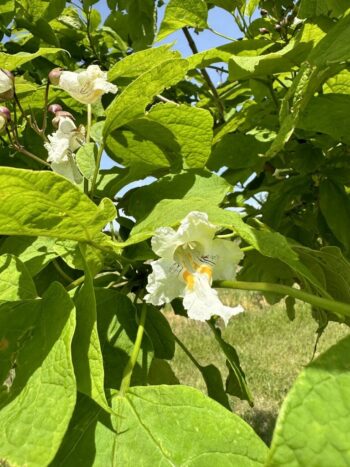
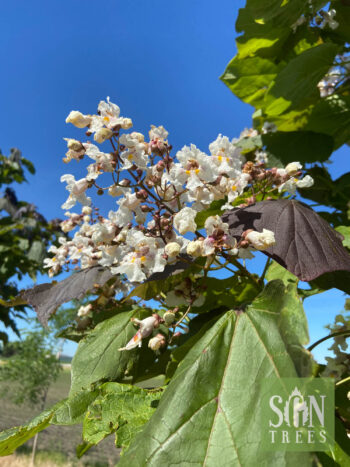
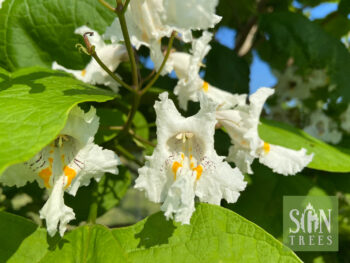
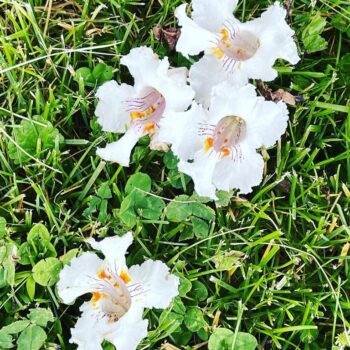
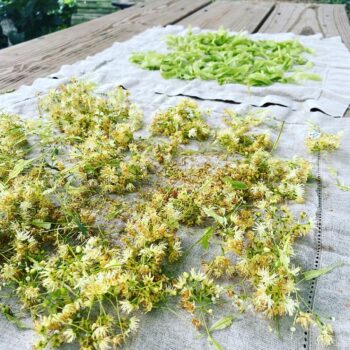
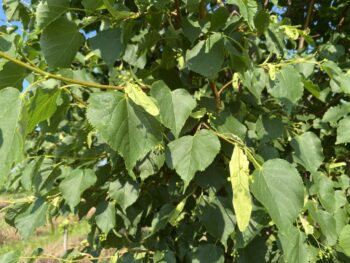
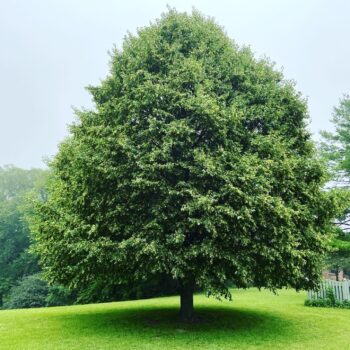
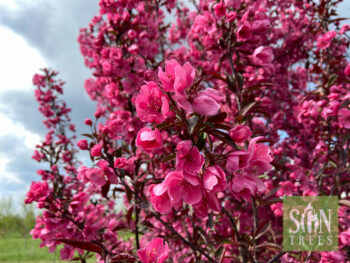
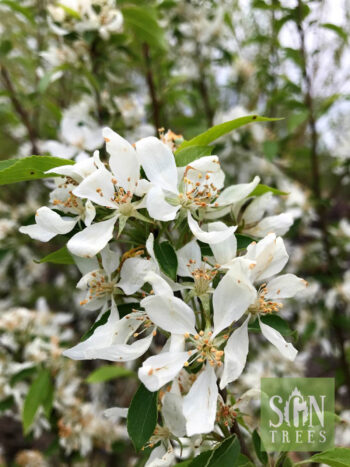
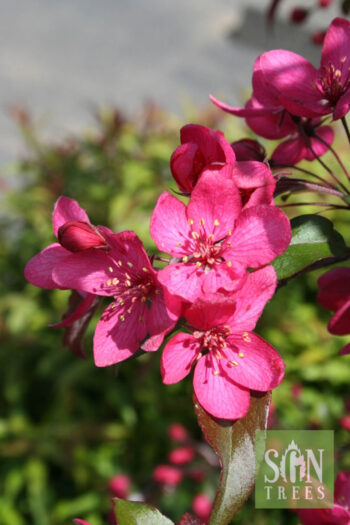
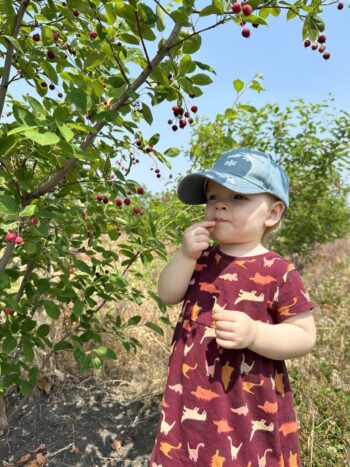
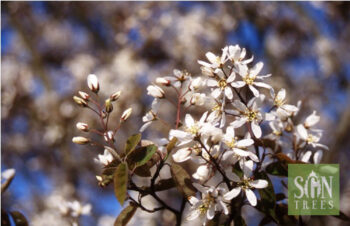
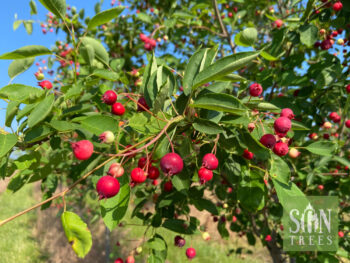

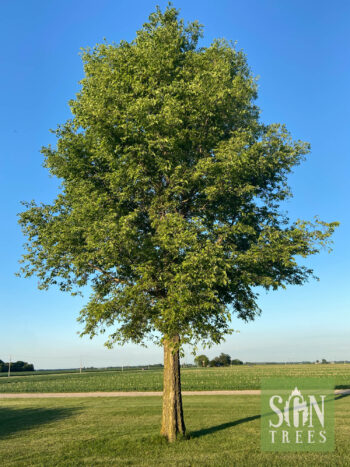
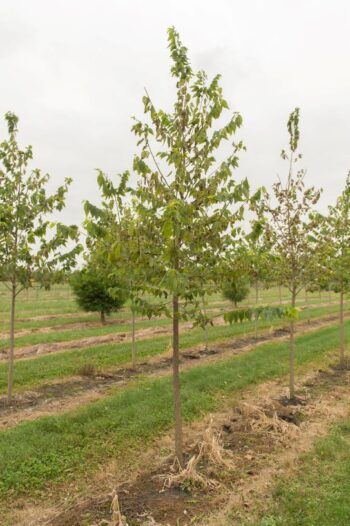
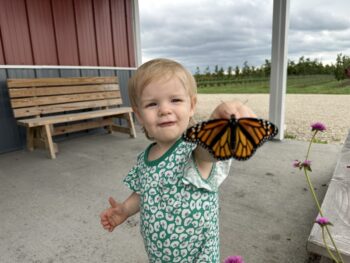
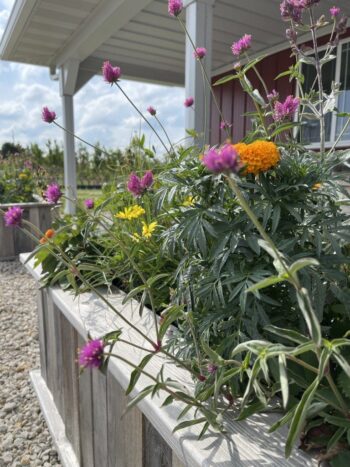
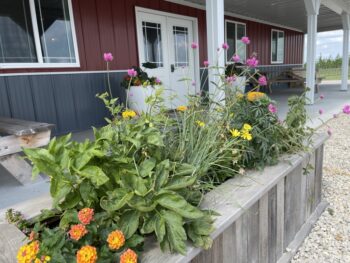
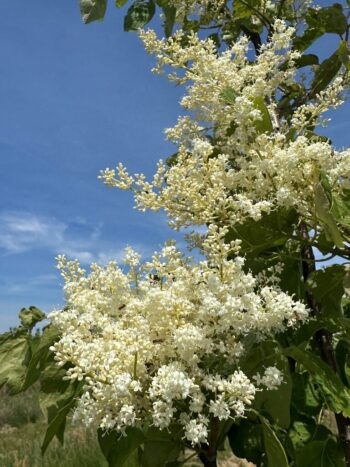
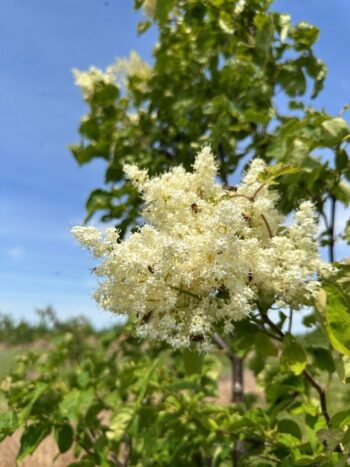
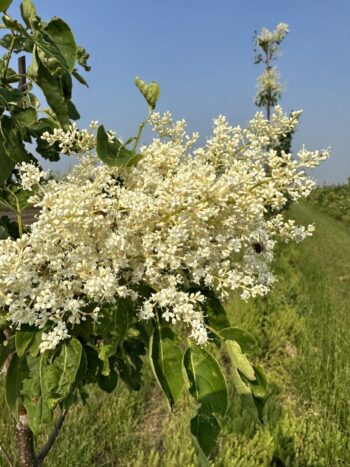
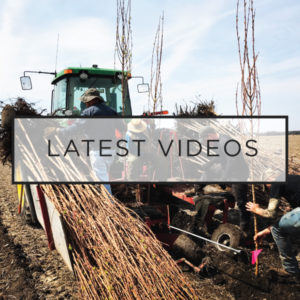



Leave a Reply